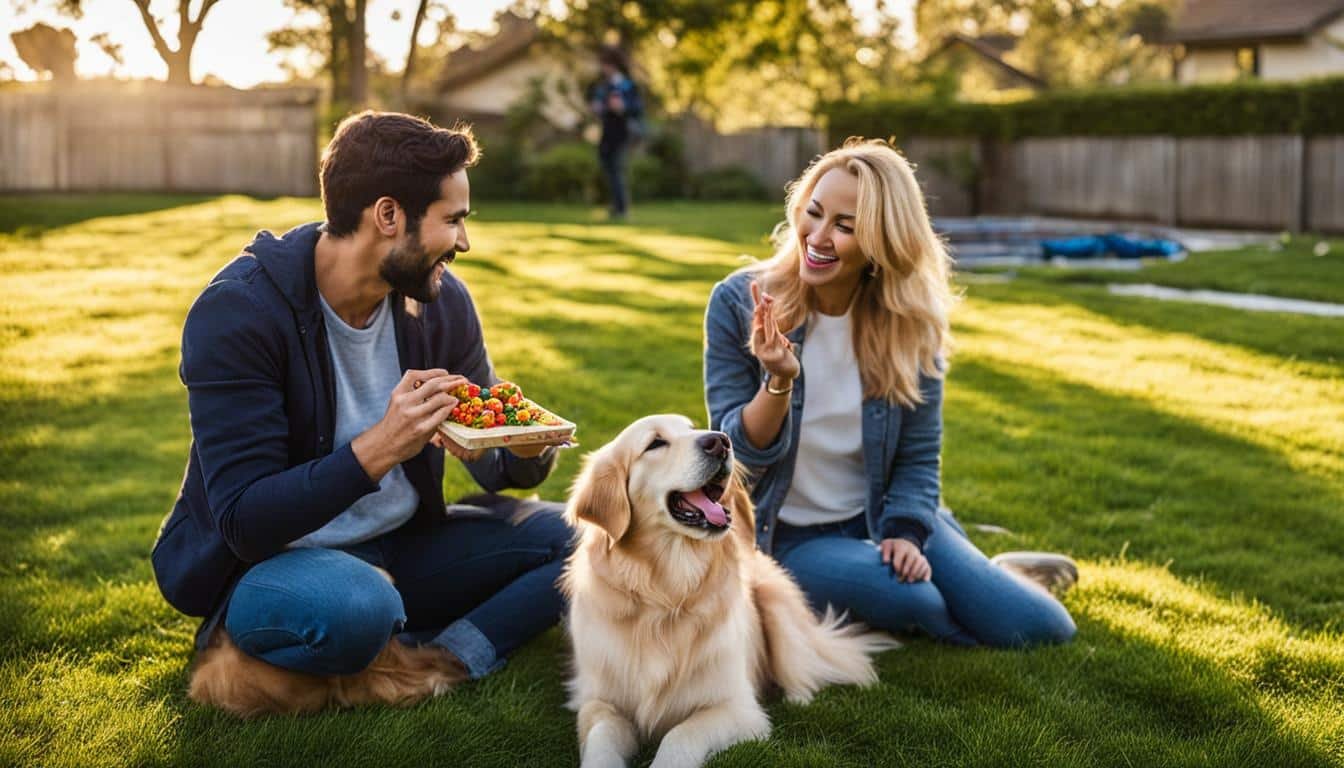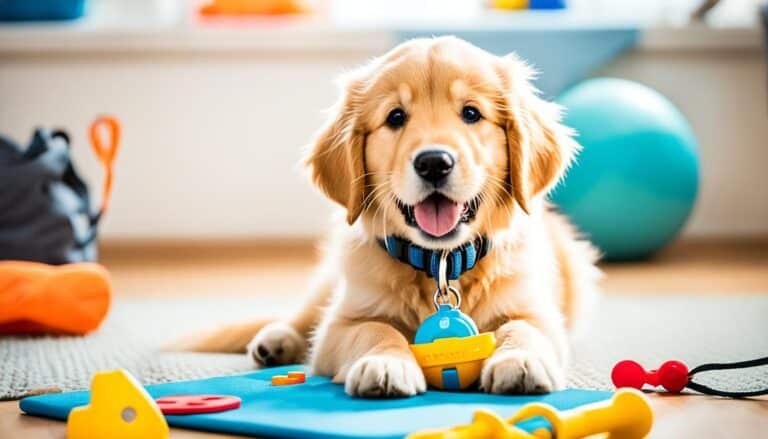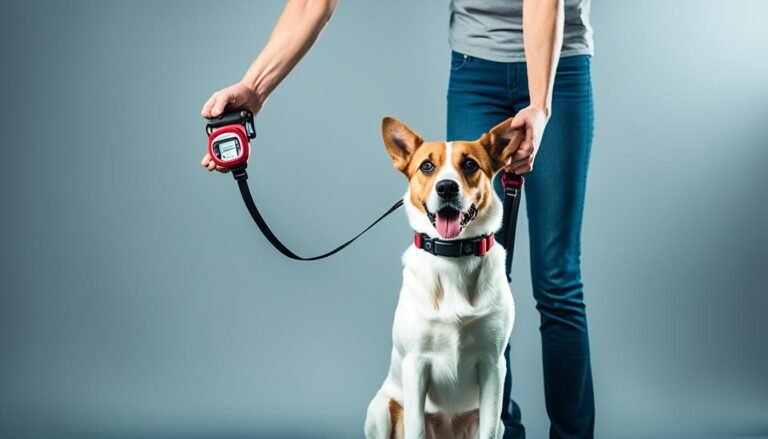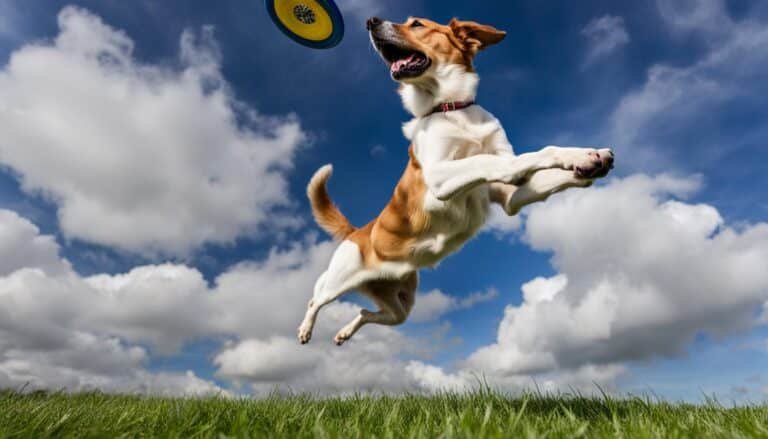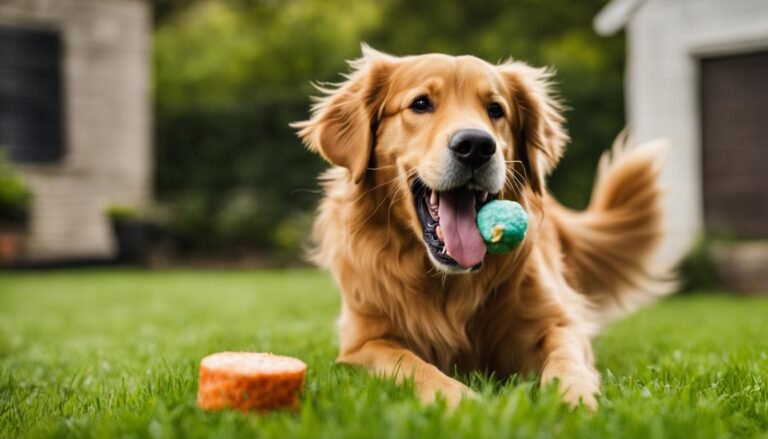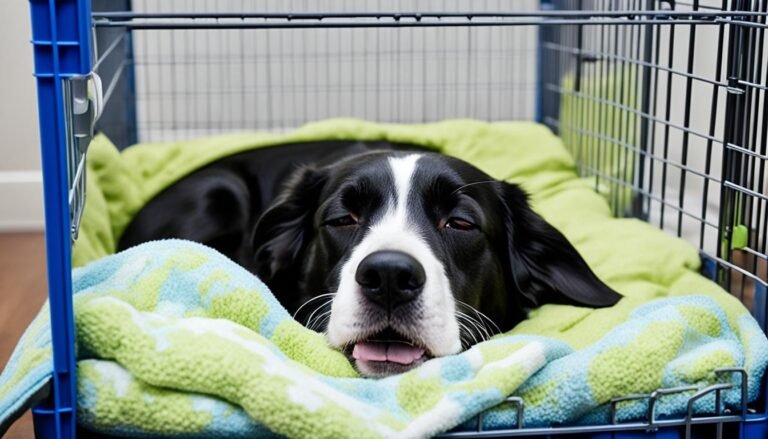How to Train Your Dog to Sit and Stay
Meet Sarah, a dog enthusiast who recently adopted a playful and energetic Labrador named Max. Despite his adorable face, Max was a handful to manage. He would constantly jump on Sarah and her guests, leading to chaotic and sometimes messy situations. Determined to bring some order into their lives, Sarah set out on a mission to train Max to sit and stay.
Like many dog owners, Sarah had no problem teaching Max to sit. With a few treats and consistent commands, he quickly learned to plop his rear end on the ground. However, the real challenge came when Sarah wanted Max to stay put.
Every time she told Max to stay, he would pop back up within seconds, as if he had a spring-loaded bottom. Frustrated but determined, Sarah knew she needed some expert guidance to help her master the art of teaching Max to stay.
If you’ve ever struggled with getting your dog to sit and stay, you’re not alone. Many dog owners face similar challenges in their training journey. But fear not! In this article, we’ll share proven dog training tips and techniques to help you teach your furry friend to sit and stay with confidence and success.
Teaching Your Dog to Stay
Once your dog has mastered the sit command, it’s time to move on to teaching them to stay. This important command will help keep your dog safe and well-behaved in various situations. Follow this six-step guide to effectively teach your dog to stay.
- Start in a quiet and distraction-free environment. Begin by commanding your dog to sit.
- With your palm facing towards your dog, say “stay” while taking a step back. Use a firm and clear voice.
- If your dog stays in the sitting position, praise them with excitement and give them a treat. Repeat this step multiple times, gradually increasing the distance you step back.
- If your dog gets up or moves, calmly bring them back to the original position without scolding. Repeat the command and start again from step 2.
- Gradually increase the duration of the stay. Start with a few seconds and work your way up to several minutes.
- Practice the stay command in different locations and with increasing distractions. This will help your dog generalize the command and stay focused despite external stimuli.
Remember, consistency and positive reinforcement are key when teaching your dog to stay. Use treats, praise, and patience to reinforce the desired behavior. With practice and time, your dog will become proficient in the stay command, adding an extra level of obedience to their training.
Using Positive Reinforcement for Dog Training
Positive reinforcement is a highly effective and ethical training method for dogs. By rewarding desired behaviors, you can encourage your dog to perform those behaviors consistently. This type of training focuses on rewarding your dog with treats, praise, or other positive stimuli when they display the desired behavior.
When it comes to dog obedience, incorporating positive reinforcement into your training routine can yield excellent results. Dogs are highly motivated by rewards, and by providing them with positive reinforcement, you can strengthen the bond between you and your furry friend while promoting good behavior.
Here are a few tips for using positive reinforcement in dog training:
- Use treats: Find high-value treats that your dog loves. Small, bite-sized treats are ideal for training sessions.
- Timing is key: Reward your dog immediately after they perform the desired behavior. This helps them understand what they are being rewarded for.
- Be consistent: Use the same command or cue for each behavior you want to reinforce. This helps your dog associate the command with the behavior.
- Keep it short and positive: Training sessions should be kept short and positive to maintain your dog’s engagement and focus. Aim for multiple short sessions throughout the day.
- Vary the rewards: Mix up the rewards to keep your dog motivated. Use a combination of treats, praise, and playtime to reinforce good behavior.
- Be patient: Training takes time and patience. Remember to stay calm and positive, even if your dog doesn’t get it right away.
Remember, positive reinforcement is about rewarding your dog for doing the right thing, rather than punishing them for their mistakes. This approach creates a positive and enjoyable training experience for both you and your dog, leading to a well-behaved and happy companion.
Now, let’s move on to troubleshooting common challenges with the “Stay” command in the next section.
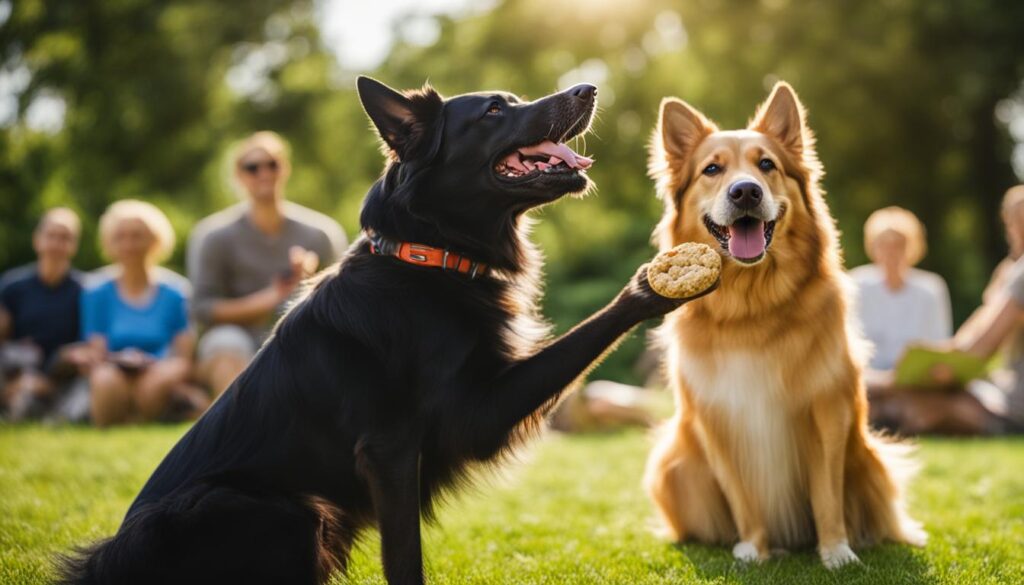
Troubleshooting the “Stay” Command
Teaching your dog to stay can sometimes come with challenges. Despite your best efforts, your dog may struggle to hold the stay position consistently. Fortunately, there are troubleshooting tips you can use to address common issues and improve your dog’s stay command.
1. Reinforce the Basics
If your dog is having difficulty staying, it’s essential to reinforce the basics of the sit command. Ensure that your dog is reliably sitting before you begin incorporating the stay command. Remember to use positive reinforcement techniques such as treats and praise to reward your dog for successfully sitting.
2. Gradually Increase Duration
Many dogs struggle with staying for extended periods of time. If your dog can only hold the stay for a few seconds, gradually increase the duration over time. Start with short intervals and incrementally lengthen them as your dog becomes more comfortable and confident in holding the stay position.
3. Minimize Distractions
Dogs are naturally curious creatures, and their attention can easily be diverted by various distractions. When practicing the stay command, start in a quiet and familiar environment, free from distractions. As your dog becomes more reliable with the stay command, gradually introduce distractions to strengthen their focus and obedience.
4. Use Visual or Verbal Cues
Some dogs may benefit from the use of visual or verbal cues to reinforce the stay command. For visual cues, you can use an open palm hand signal to indicate the stay position. Alternatively, you can use a specific word or phrase like “stay” or “wait” to accompany the command. Consistency is key in reinforcing these cues and helping your dog understand what is expected of them.
5. Implement Gradual Distance
Once your dog is reliably staying in close proximity, you can gradually increase the distance between you and your dog. Start by taking one small step away and gradually progress to longer distances. Remember to reward your dog with treats and praise for successfully holding the stay command, even from a distance.
By troubleshooting common issues and using these training tips, you can help your dog master the stay command and ensure their safety and obedience in various situations.
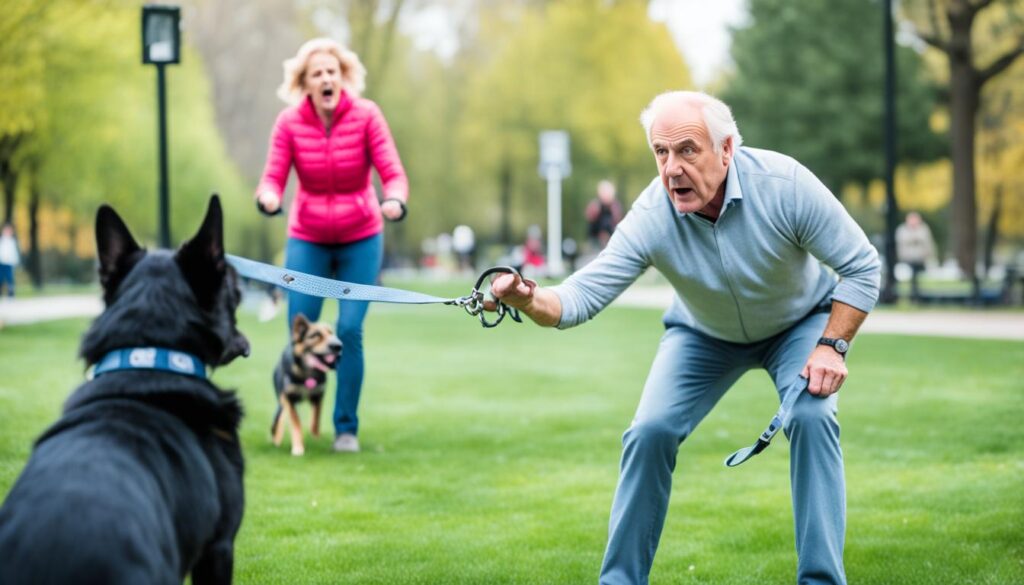
Advanced Training: Teaching Your Dog to Stay with Distractions and Distance
Now that your dog has mastered the basics of the stay command, it’s time to take their training to the next level. By introducing distractions and increasing the distance, you can ensure that your dog stays focused and obedient in any situation.
To start teaching your dog to stay with distractions, begin with simple distractions in a controlled environment. Begin by introducing a low-level distraction, such as tossing a toy nearby. As your dog stays in position, reward them with praise and treats. Gradually increase the level of distractions, such as making noise or having someone walk by. Remember to stay patient and reinforce the stay command consistently.
Once your dog can stay focused despite various distractions, it’s time to work on increasing the distance. Start by stepping back a few feet while maintaining eye contact with your dog. If your dog stays, reward them. Slowly increase the distance over time, ensuring that your dog remains in a stay position. You can even practice in different areas, such as in the park or during walks.
Remember, consistent practice is key to advanced dog training. Gradually increase the level of distractions and distance, always rewarding your dog for their patience and obedience. With time and patience, your furry friend will master the stay command, even in the most challenging situations.
